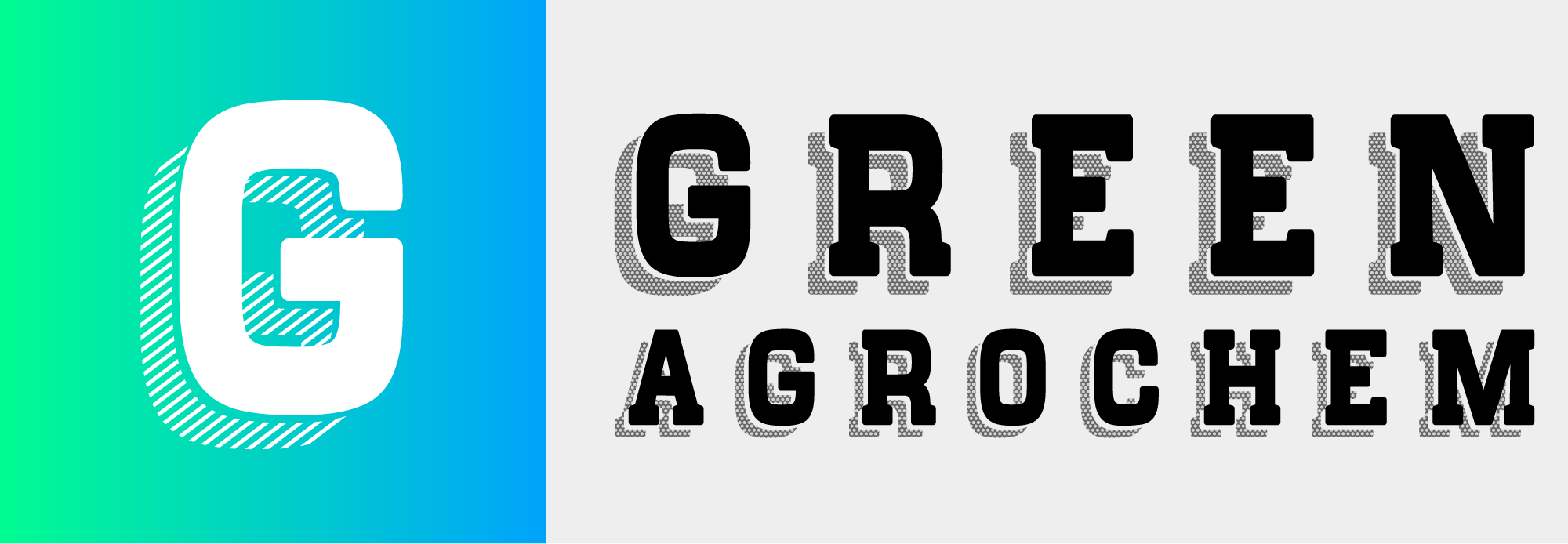Application of Hydroxypropyl Methyl Cellulose (HPMC),Methyl Cellulose (MC) ,Hydroxyethyl Cellulose (HEC), Sodium Carboxymethyl Cellulose (CMC) ,Ethyl Cellulose (EC), Low Substitute Hydroxypropyl Cellulose (L-HPC) ,High Substitute Hydroxypropyl Cellulose (H-HPC), Hydroxypropyl Methyl Cellulose Phthalate (HPMC-P), Hydroxypropyl Methyl Cellulose Acetate Succinate (HPMCAS), Microcrystalline Cellulose (MCC), Polyanionic Cellulose (PAC).
1. Hydroxypropyl Methyl Cellulose (HPMC)
Properties: Water-soluble, film-forming, thickener, stabilizer, and pH-sensitive polymer with thermal gelation.
Applications: Construction: Water retention agent, thickener, and workability enhancer in dry-mix mortars, tile adhesives, and cement-based plasters.
Pharmaceuticals: Binder, disintegrant, and coating agent for tablets; viscosity modifier in syrups and suspensions.
Food: Thickener, emulsifier, and stabilizer (E464) in sauces, baked goods, and ice cream.
Cosmetics: Thickener in shampoos, lotions, and toothpaste; film-forming agent in hair care products.
Paints/Coatings: Thickener and stabilizer in water-based paints and emulsions.
2. Methyl Cellulose (MC)
Properties: Water-soluble, thermally reversible gelling agent, thickener, and stabilizer.
Applications: Food: Thickener, stabilizer, and fat replacer (E461) in dairy products, sauces, and meat analogs.
Pharmaceuticals: Binder in tablets, viscosity modifier in oral suspensions, and emulsifier in topical formulations.
Construction: Water retention and workability enhancer in mortars and plasters.
Cosmetics: Thickener in toothpaste, creams, and lotions; stabilizer in shampoos.
Industrial: Adhesive and coating agent in paper and textiles.
3. Hydroxyethyl Cellulose (HEC)
Properties: Water-soluble, non-ionic thickener, stabilizer, and rheology modifier.
Applications: Paints/Coatings: Thickener and stabilizer in water-based paints, inks, and emulsions for viscosity control.
Cosmetics: Thickener in shampoos, conditioners, and gels; stabilizer in lotions and hair products.
Pharmaceuticals: Viscosity modifier in topical gels, eye drops, and oral suspensions.
Construction: Water retention agent in dry-mix mortars and tile adhesives.
Oil Drilling: Fluid loss control and viscosity modifier in drilling muds.
4. Sodium Carboxymethyl Cellulose (CMC)
Properties: Water-soluble, anionic thickener, stabilizer, and film-forming agent with excellent water-binding capacity.
Applications: Food: Thickener, stabilizer, and moisture retention agent (E466) in ice cream, sauces, and baked goods.
Pharmaceuticals: Binder, disintegrant, and viscosity enhancer in tablets and suspensions.
Cosmetics: Thickener in toothpaste, shampoos, and creams; stabilizer in emulsions.
Industrial: Thickener in detergents, paper coatings, and textile sizing.
Oil Drilling: Fluid loss control and viscosity modifier in drilling fluids (Polyanionic Cellulose, PAC, is a specialized form for this).
5. Ethyl Cellulose (EC)
Properties: Water-insoluble, organic solvent-soluble, film-forming, and thermoplastic polymer.
Applications: Pharmaceuticals: Enteric coating for tablets, sustained-release matrices, and hot-melt extrusion for drug delivery.
Food: Protective coating for flavor encapsulation and moisture-sensitive ingredients.
Cosmetics: Film-forming agent in nail polish, hair sprays, and makeup products.
Industrial: Binder in ceramics, coatings for paper, inks, and hot-melt adhesives.
Paints/Coatings: Used in specialty coatings for water resistance.
6. Low Substitute Hydroxypropyl Cellulose (L-HPC)
Properties: Water-soluble, disintegrant, and binder with low hydroxypropoxyl substitution.
Applications: Pharmaceuticals: Disintegrant and binder in tablets for rapid dissolution; used in direct compression and wet granulation.
Food: Limited use as a thickener or stabilizer in specific formulations.
Cosmetics/Industrial: Potential use in controlled-release systems or specialty coatings.
7. High Substitute Hydroxypropyl Cellulose (H-HPC)
Properties: Water-soluble, film-forming, and thickener with high hydroxypropoxyl substitution for enhanced solubility and flexibility.
Applications: Pharmaceuticals: Binder, film-coating agent, and viscosity modifier in tablets, capsules, and syrups.
Food: Thickener and stabilizer in beverages and sauces.
Cosmetics: Thickener in gels, lotions, and hair products; film-forming agent in styling products.
Industrial: Stabilizer in paints and coatings.
8. Hydroxypropyl Methyl Cellulose Phthalate (HPMC-P)
Properties: pH-sensitive, enteric polymer; insoluble in acidic environments (pH < 5–5.5), soluble in neutral to alkaline conditions.
Applications: Pharmaceuticals: Enteric coating for tablets and pellets to protect acid-sensitive drugs in the stomach; sustained-release matrices.
Nutraceuticals: Protective coating for acid-sensitive ingredients.
Research: pH-dependent drug delivery systems.
9. Hydroxypropyl Methyl Cellulose Acetate Succinate (HPMCAS)
Properties: pH-sensitive, enteric polymer; insoluble in acidic environments (pH < 5.5–6.8), soluble in neutral/alkaline conditions; enhances solubility of poorly soluble drugs.
Applications: Pharmaceuticals: Enteric coating for tablets and pellets; amorphous solid dispersions (ASDs) for bioavailability enhancement via hot-melt extrusion or spray drying.
Nutraceuticals: Protective coating for acid-sensitive compounds.
Research: Advanced drug delivery systems for poorly soluble APIs.
10. Microcrystalline Cellulose (MCC)
Properties: Insoluble, fine, white powder or gel (colloidal grade) with excellent compressibility, stability, and water-binding capacity.
Applications: Pharmaceuticals: Filler, binder, and disintegrant in tablets (direct compression); suspending agent in gels and syrups (colloidal grade).
Food: Anti-caking agent, fat replacer, and stabilizer in dairy, bakery, and meat products (colloidal grade).
Cosmetics: Thickener and stabilizer in toothpaste, creams, and lotions (colloidal grade).
Industrial: Reinforcing agent in plastics and coatings.
11. Polyanionic Cellulose (PAC)
Properties: Water-soluble, anionic polymer with high viscosity and fluid loss control; specialized form of CMC for oil drilling.
Applications: Oil Drilling: Viscosity modifier and fluid loss control agent in drilling muds to stabilize boreholes and reduce water loss.
Industrial: Thickener and stabilizer in water-based systems (e.g., paints, coatings).
Pharmaceuticals/Cosmetics: Limited use as a thickener or stabilizer in niche formulations.
Application

GREEN AGROCHEM-CELLULOSE
GREEN AGROCHEM -cellulose specializes in Cellulose。





